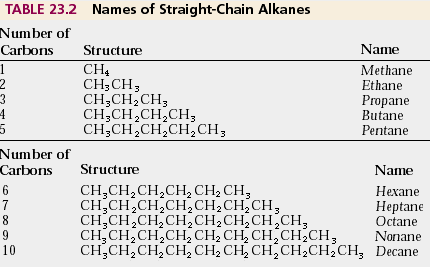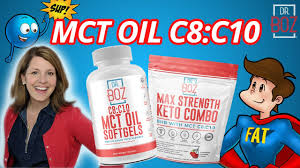Fats in coconut oil is made up of long and short carbon chains. The letter “C” is used to define “Carbon” and the number “6,7,8, 10 or 12” is used to tell the number of carbon atoms in the fatty acid chain.

For example Lauric acid which is in mothers breast milk has twelve carbon atoms. So Lauric acid is symbolized as C12. Similarly Caprylic acid only has eight carbons. So it is symbolized as C8. And Capric acid has 10 carbons. It is identified as C10.
Lauric acid is not defined as MCT. But is is a fast burning fat which is also present in breast milk. It is just a Definition.
MCT is strictly defined as fatty acid chains having less than 12 carbon atoms. So according to this strict definition Lauric acid (C12) does not fall into the MCT category though it is in mothers breast milk and it rapidly converts to energy inside a human body of an infant. The Caprylic C8 and Capric acid C10 are the fats falling into MCT category.
When the MCT Coconut Oil is made up of only C8 fats, it is named as MCT Coconut Oil – Pure Caprylic acid or Pure C8.
When the MCT Coconut Oil is made up of C8 and C10 (Caprylic & Capric) with a general ratio of 60% to 40%, it is named as “MCT Sixty Forty” (MCT 60/40 or MCT Caprylic Capric mix). Out of these two MCT C8 pure Caprylic is the fastest energy producing product (as it has a short chain with only 8 carbon atoms). And it is also higher in price. MCT Sixty Forty has C10 (Capric acid having 10 carbon atoms, which is relatively a longer chain than a 8 carbon atom Caprylic). So MCT C8/C10 is less faster in energy production than pure MCT C8.
MCT Coconut Oil Can be Pure 100% Caprylic Acid or a mix of Caprylic/Capric (in the ratio of 60% to 40%)




Comments are closed.